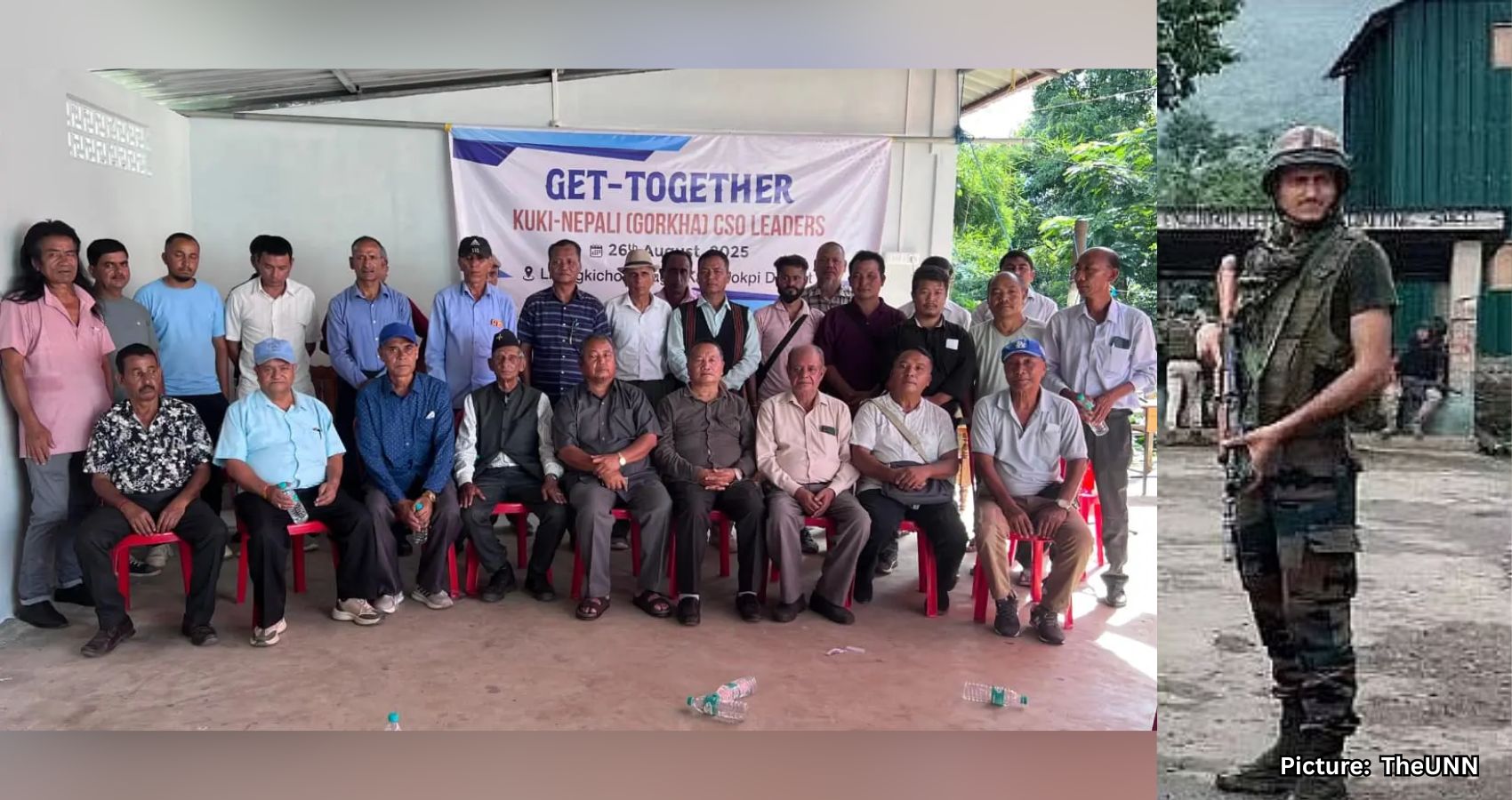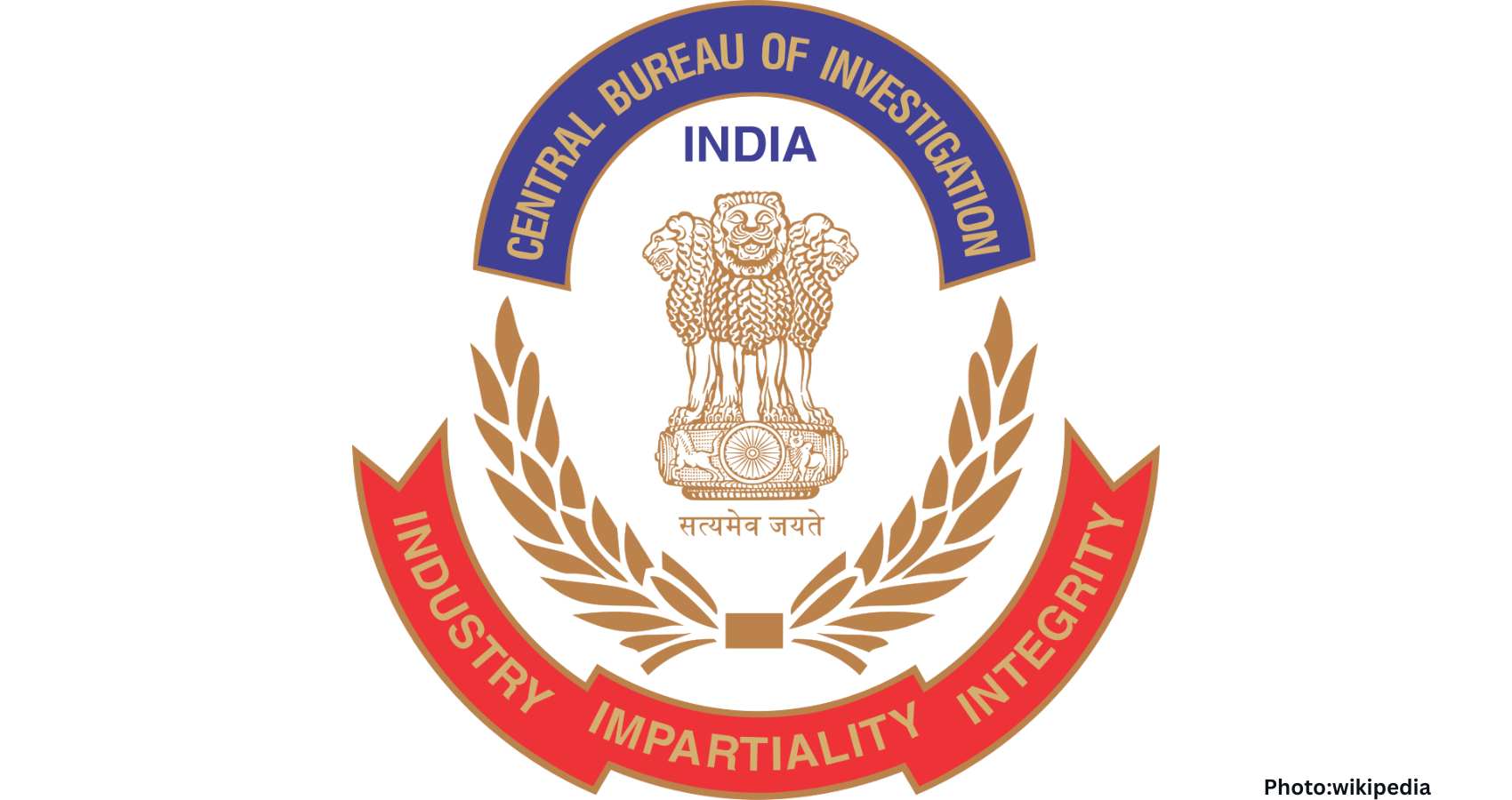The Twenty Fourth Vision explores the inner struggles of a Druze woman as she grapples with her faith, her son’s choices, and the expectations of her community.
I rely on Allah for guidance and strength. Forgive me, Allah, for I am juhaal without you. I was born ignorant, and I will die ignorant, but I feel blessed and grateful for the lessons I learn from you. Each day begins with thoughts of you and my son.
Asma’s son, what has he done? Right in the alley behind the pharmacy, and with how many other men?
I am one with Allah. It is through my connection with you that I understand the importance of your words. Whenever I come to you, I hear you. In prayer, I feel gratitude, knowing you listen to me, and through this connection, I find solace.
But today, Allah, I feel a knot in my heart, a constriction that weighs heavily on my spirit. Some days, it untangles, but today is not one of those days. I find myself overwhelmed.
Allah, you are always there to help me, and I heal through my time with you. Will you listen to me, even as I struggle to admit what I am about to say?
No, I will not cross those lines. They exist for a reason. I seek peace. My son’s actions are his own, not mine. As a proud Druze woman, I honor my ancestors and their sacrifices. I live each day with a sense of duty, knowing that my privilege comes from their struggles.
Has my son forgotten his identity as a Druze? To be Druze carries many meanings, but some truths remain unchanged. We do not marry outside our community, and engaging in homosexual behavior is far worse. For us, reincarnation into the bodies of other Druze is a belief that shapes our existence. If we intermix or forgo reproductive relationships, what happens to the souls that need new vessels as their next lives unfold?
Has my son considered this? He thinks of his desires and his freedom, but does he reflect on the legacy of those who came before him and his place within it?
Allah, there is a piece of you in all of us. If you exist so strongly in me, you must also reside in my son. Why has he not come to understand the implications of his actions? Is he testing me? Or is this a test from you, Allah? The whispers of our neighbors weigh heavily on me. They witnessed my son’s actions years ago, yet they continue to gossip as if it were yesterday. Do they think I am unaware? The walls are thin in our community. As I walk the dusty roads to the pharmacy or the market, I can see into their homes and hear their conversations. They sit together, sharing tea, discussing the sins of my family. Deep down, I know they do not care about the truth; they revel in denouncing me.
Allah, it has been years. This is my son’s sin, not my family’s. Why do they persist in their judgment?
Can you answer me?
A voice comes to me, but it does not sound like yours. It seems to speak in a language I do not understand—Turkish? Hebrew? French? Is this you, or perhaps a soundbite from an actor on the news, or a character from a novel I was reading?
Allah…Allah…Allah, you are within me.
Yet, all of it resides within me—the voices, the characters, the people I imagine. I sometimes think I am losing my mind. For so long, I believed I was hearing djinns. Some appear as humans, others as educated figures, some as beings foreign to me. I do not know who they are or why they visit me.
Allah, I have never asked you about them because I viewed them as vessels of evil. I was ashamed to admit I was in conversation with them. I believe only in you, Allah, for you are my source of peace. Thus, I have ignored their presence.
But what if these beings are your messengers? What if they have come to convey something to me?
Allah, I am an ordinary housewife. I live to serve my husband and my community. I do not see myself as anything special. If you are sending me messengers, I feel unworthy. I am not an inventor or a great storyteller; I am simply a human being.
Yet, we are all human beings, including housewives like me, who have been taught to stay at home, pray, and care for our loved ones. I have been given a son, a home, and so much more. I realize now that I have not fully appreciated these gifts because I longed for what others possess—grandchildren, a son who adheres to tradition, who never questions, who never feels the need to rebel.
But I am not that person, and neither is my son.
I once thought I wanted to remain humble before you, Allah, but I now recognize that this was an excuse. I have remained ignorant, hiding behind the guise of humility. In truth, you have been sending me messages, and for ignoring them, I apologize. I will pay attention to everything I receive from now on.
Forgive me, Allah.
I will strive to do better. I may come from a small town in the heart of Jordan, but I can demonstrate that my origins need not limit who I am meant to become.
Forgive me, Allah.
I feel a lightness in my body, as if you are affirming my path. You are guiding me toward a new way of thinking.
I haven’t felt this way in a long time. It feels as though something dark and angry is leaving me, replaced by kindness and warmth.
I am opening my heart, my mind, and my spirit. I will listen to you, Allah. Let us see what this new path will reveal.
According to Global Net News, this journey of self-discovery and spiritual awakening reflects the complexities of faith and identity within the Druze community.























